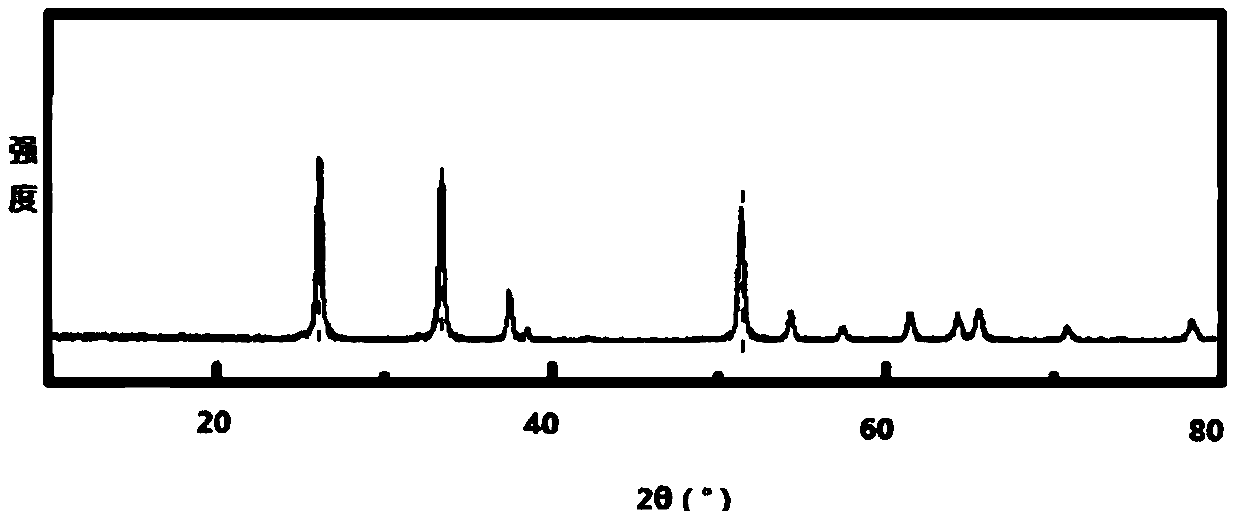Method of recovering byproduct generated in glass CVD (chemical vapor deposition) filming technology and application of method
A technology for recycling glass and appendages, which is applied in the chemical field, can solve problems such as unfavorable environmental protection and waste of materials, and achieve the effects of low cost, cost reduction, and pollution discharge
- Summary
- Abstract
- Description
- Claims
- Application Information
AI Technical Summary
Problems solved by technology
Method used
Image
Examples
Embodiment 1
[0024] This embodiment discloses a method for recycling the appendages produced by the glass CVD coating process. Specifically, the method includes the following steps:
[0025] S1: Dry the appendages produced by the glass CVD coating process in a drier to obtain dry powder;
[0026] S2: adding the dry powder obtained in S1 to a vibration filter for vibration separation to obtain a separated mixture;
[0027] S3: adding the separation mixture obtained in S2 into an air suspension separator for fine separation treatment to obtain nano-sized tin dioxide and micron-sized sodium bicarbonate respectively.
[0028] The above-mentioned drying time is 30 minutes.
[0029] The above-mentioned drying temperature is 50°C.
[0030] In S2, the time of shock separation was 30 minutes.
[0031] In S2, the vibration filter had a particle size pass size of 37 microns.
[0032] In S3, the fine processing time is 15 minutes.
[0033] The tin dioxide obtained by separation is detected by X-r...
Embodiment 2
[0036] This embodiment discloses a method for recovering the appendages produced by the glass CVD coating process. The only difference from Embodiment 1 is that the drying time in the drier is 40 minutes.
Embodiment 3
[0038] This embodiment discloses a method for recovering the appendages produced by the glass CVD coating process. The only difference from Embodiment 1 is that the vibration separation time in the vibration filter is 35 minutes.
PUM
 Login to View More
Login to View More Abstract
Description
Claims
Application Information
 Login to View More
Login to View More - R&D
- Intellectual Property
- Life Sciences
- Materials
- Tech Scout
- Unparalleled Data Quality
- Higher Quality Content
- 60% Fewer Hallucinations
Browse by: Latest US Patents, China's latest patents, Technical Efficacy Thesaurus, Application Domain, Technology Topic, Popular Technical Reports.
© 2025 PatSnap. All rights reserved.Legal|Privacy policy|Modern Slavery Act Transparency Statement|Sitemap|About US| Contact US: help@patsnap.com

